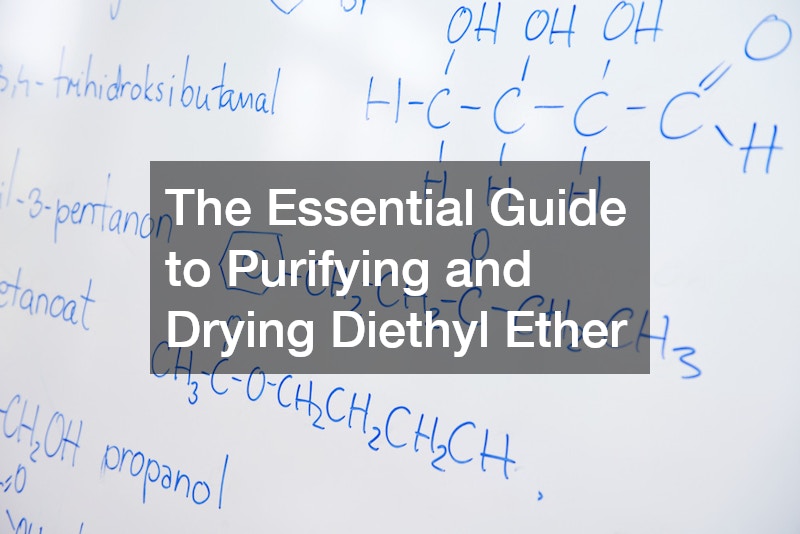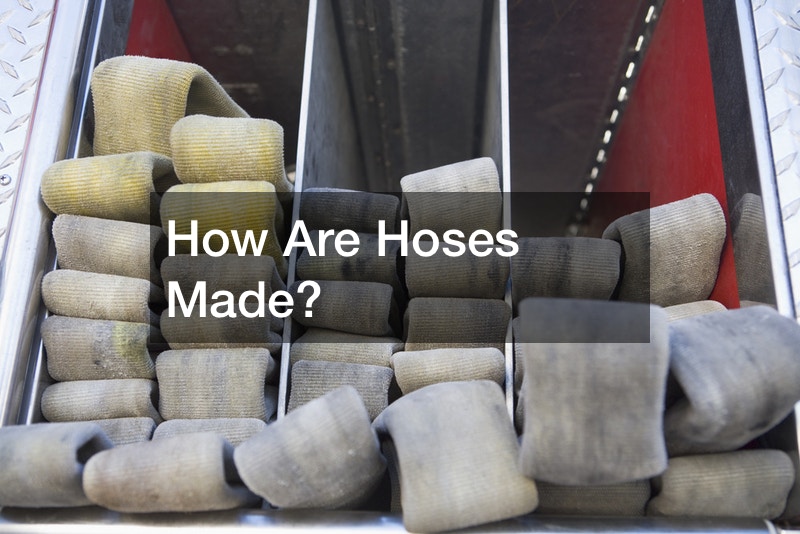
Diethyl ether is an important solvent in many organic chemistry reactions, especially the Grignard reaction. However, using impure or wet ether can lead to poor yields or failed reactions. Keeping your diethyl ether perfectly dry is essential for success in the lab. Here’s a straightforward guide to purifying and drying diethyl ether to prepare it for use in sensitive chemical reactions.
Step 1: Purification
Before drying your diethyl ether, it’s important to purify it, especially if it has been stored for a while. Over time, diethyl ether can develop hydroperoxides and peroxides, which can be problematic in reactions.
To remove these impurities, the ether can be washed with a solution of iron(II) sulfate. This step is crucial for stored ether, but if your ether is freshly prepared, you can skip this purification step and move on to drying.
Step 2: Drying
To achieve perfectly dry diethyl ether, molecular sieves are the most effective and convenient method. Molecular sieve beads with a pore size of 4A are ideal, as they are small enough to absorb water molecules while leaving the larger ether molecules untouched. Start by chilling your ether to prevent the exothermic reaction that occurs when the sieves absorb water. Then, simply add an arbitrary amount of molecular sieves to the chilled ether and let it sit for a few days.
Step 3: Storage
After the ether has been dried, it’s important to store it properly to maintain its dryness. Transfer the ether into a clean storage bottle, adding fresh molecular sieves to ensure it remains free of moisture. This perfectly dried diethyl ether is now ready to be used in your Grignard reaction, ensuring optimal conditions for success.
By following these steps, you can ensure that your diethyl ether is in prime condition, leading to more reliable and successful outcomes in your chemical experiments.
.




